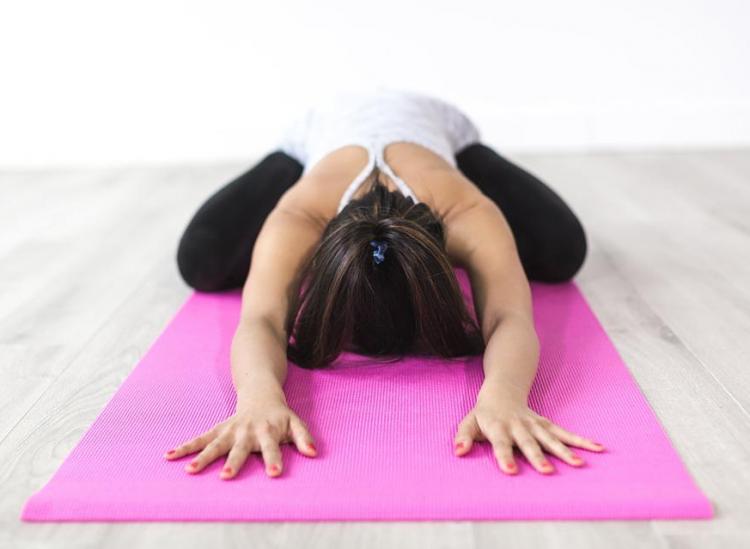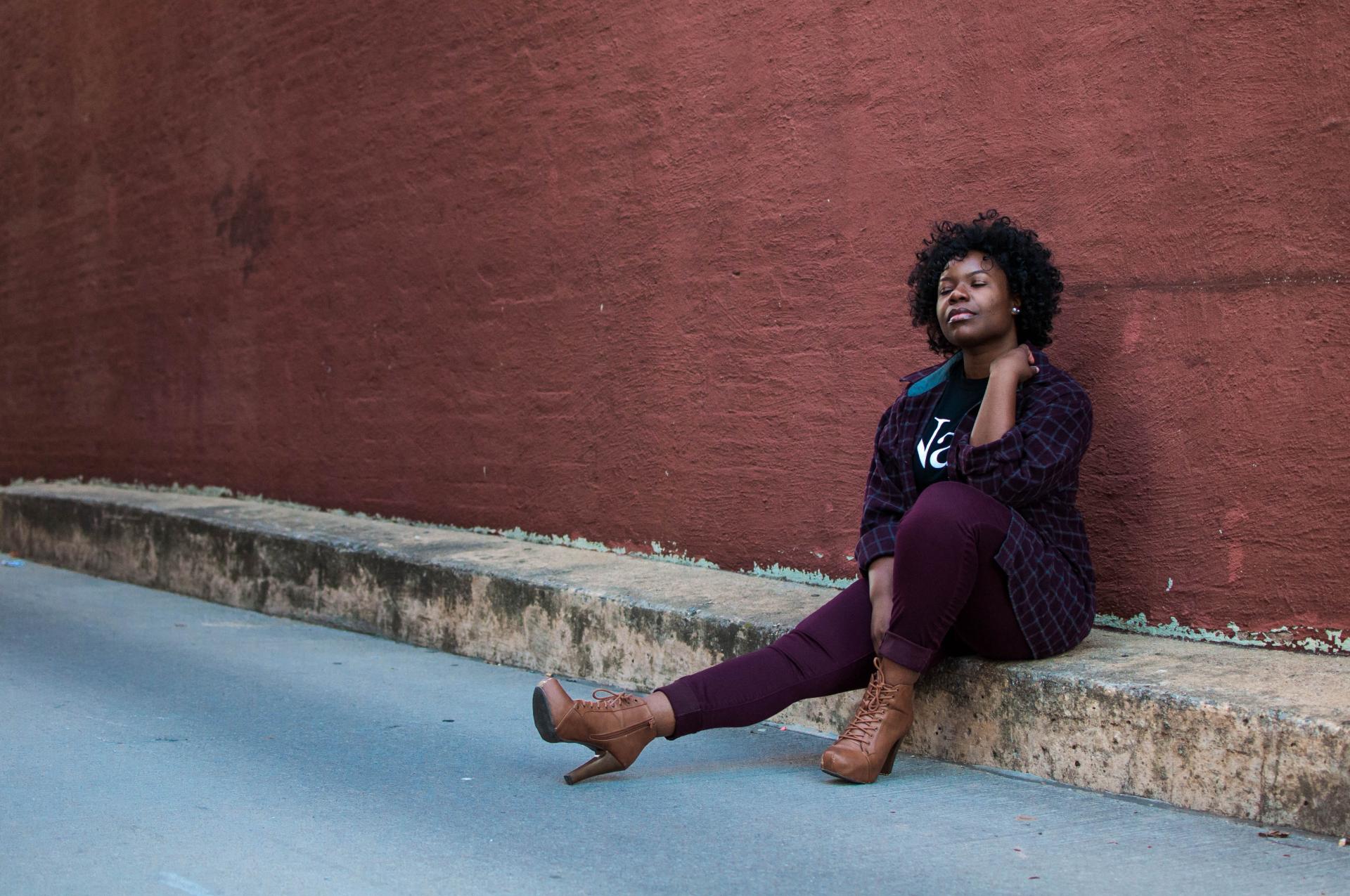These Are The Best Stretches To Counter All That Desk Sitting Your Job Forces On You

Pixabay
If you have a desk job, you’re kinda screwed. According to the U.S. Department of Labor’s Bureau of Labor Statistics, people who work in these traditional office spaces spend 90 percent of their workday sitting — a minimum of 7.2 hours if you log eight hours each day. And all of that time spent stuck in a chair is wreaking havoc on your lower back.
We spoke to with Audrey Abner, a physical therapist and the clinical director at Professional Physical Therapy in New York City, about exactly why too much desk time can create unwanted pressure on the lower back and the space in between the spinal disks.
“Too much desk sitting can create unwanted pressure on your low back and between your spinal disks because of mechanical/postural stress to the spine and the muscles,” she said. “When you are in the vertical/upright position, you have to consider both gravity and weight, which act as compressive forces. When a person is sitting upright in a chair, pressure between the discs is measured at 140 kilograms. As one sits and begins to slouch forward, the pressure increases to 185 kilograms. This increase in pressure places more stress to the bony components, as well as the muscular components of your spine.”
Not sure if your lower back pain is related to your desk job? Consider the following list of symptoms:
- Inability to sit still and the need to shift positions in your chair to find a comfortable position
- Aching in the low back and buttock area
- Tightness in buttocks, or pain that travels to the legs and/or feet
- Pain that is worse with sitting, but better when standing
- Difficulty transferring to the standing position after sitting for a prolonged period

Unsplash/Aricka Lewis
Thankfully, relief is well within your means. Abner shared her five favorite stretches with us that help to mitigate these unwanted symptoms. Stretching plays a major role in treating low back pain because it promotes better blood flow to the muscles, providing oxygen and other important nutrients. Abner suggests stretching when the muscles are warm and pliable, like during work breaks, after a workout or before bed. Morning stretches are totally okay, too, so long as you do them after taking a hot shower.
1. Standing Quadratus Lumborum Stretch With Doorway
Begin in a standing upright position to the side of a doorframe. Cross your outside leg behind the other and hold onto the doorframe, then slowly lean your hips away until you feel a gentle stretch along the side of your body. Hold for 30 seconds.
Pro tip: Make sure to maintain a gentle stretch, and only move in a comfortable range.
2. Sidelying Lumbar Rotation Stretch
Begin lying on your side with your top leg bent at a 90-degree angle, holding it in place with your bottom arm, with your other leg straight. Your top arm should be straight in front of you on the floor. Reach your top arm straight overhead and directly backward. Try to place your shoulders flat on the floor while keeping your hips facing forward. Hold for 30 seconds.
Pro tip: Make sure only to reach as far back as you can without bringing your hips backward.
3. Child’s Pose With Sidebending
Begin on all fours. Sit your hips back as you reach your hands forward and to the side, then continue to sink further into the stretch. Hold for 30 seconds, then repeat to the other side.
Pro tip: Make sure to relax into the pose and try to sit your bottom back to your heels as much as possible.
4. Hip Flexor Stretch With Chair
Begin in a standing position with one leg resting on a table or chair and the leg to be stretched resting on the ground. Keeping your back straight and upright, squeeze your bottom, and slowly shift your weight forward until you feel a stretch in the front of your hip. Hold for 30 seconds.
Pro tip: Make sure to keep your hips and shoulders facing forward, and do not arch your low back.
5. Hamstring Stretch With Strap
Begin lying on your back holding the end of a strap secured around one foot, with your legs bent and feet flat on the floor. Straighten your leg with the strap and pull it toward yourself until you feel a stretch in the back of your thigh. Hold for 30 seconds.
Pro tip: You can have a slight bend in your knee, but keep your foot straight.











